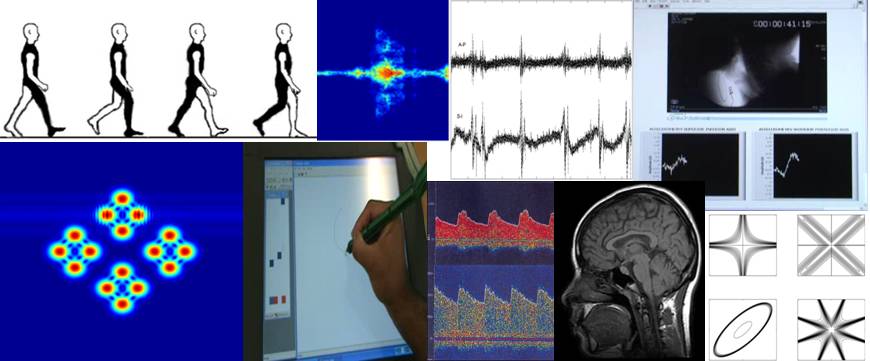A cardiorespiratory classifier of voluntary and involuntary electrodermal activity
September 1, 2011
Background
Electrodermal reactions (EDRs) can be attributed to many origins, including spontaneous fluctuations of electrodermal activity (EDA) and stimuli such as deep inspirations, voluntary mental activity and startling events. In fields that use EDA as a measure of psychophysiological state, the fact that EDRs may be elicited from many different stimuli is often ignored. This study attempts to classify observed EDRs as voluntary (i.e., generated from intentional respiratory or mental activity) or involuntary (i.e., generated from startling events or spontaneous electrodermal fluctuations).
Methods
Eight able-bodied participants were subjected to conditions that would cause a change in EDA: music imagery, startling noises, and deep inspirations. A user-centered cardiorespiratory classifier consisting of 1) an EDR detector, 2) a respiratory filter and 3) a cardiorespiratory filter was developed to automatically detect a participant's EDRs and to classify the origin of their stimulation as voluntary or involuntary.
Results
Detected EDRs were classified with a positive predictive value of 78%, a negative predictive value of 81% and an overall accuracy of 78%. Without the classifier, EDRs could only be correctly attributed as voluntary or involuntary with an accuracy of 50%.
Conclusions
The proposed classifier may enable investigators to form more accurate interpretations of electrodermal activity as a measure of an individual's psychophysiological state.
This material is presented to ensure timely dissemination of scholarly and technical work. Copyright and all rights therein are retained by authors or by other copyright holders. All persons copying this information are expected to adhere to the terms and constraints invoked by each author’s copyright. In most cases, these works may not be reposted without the explicit permission of the copyright holder.



